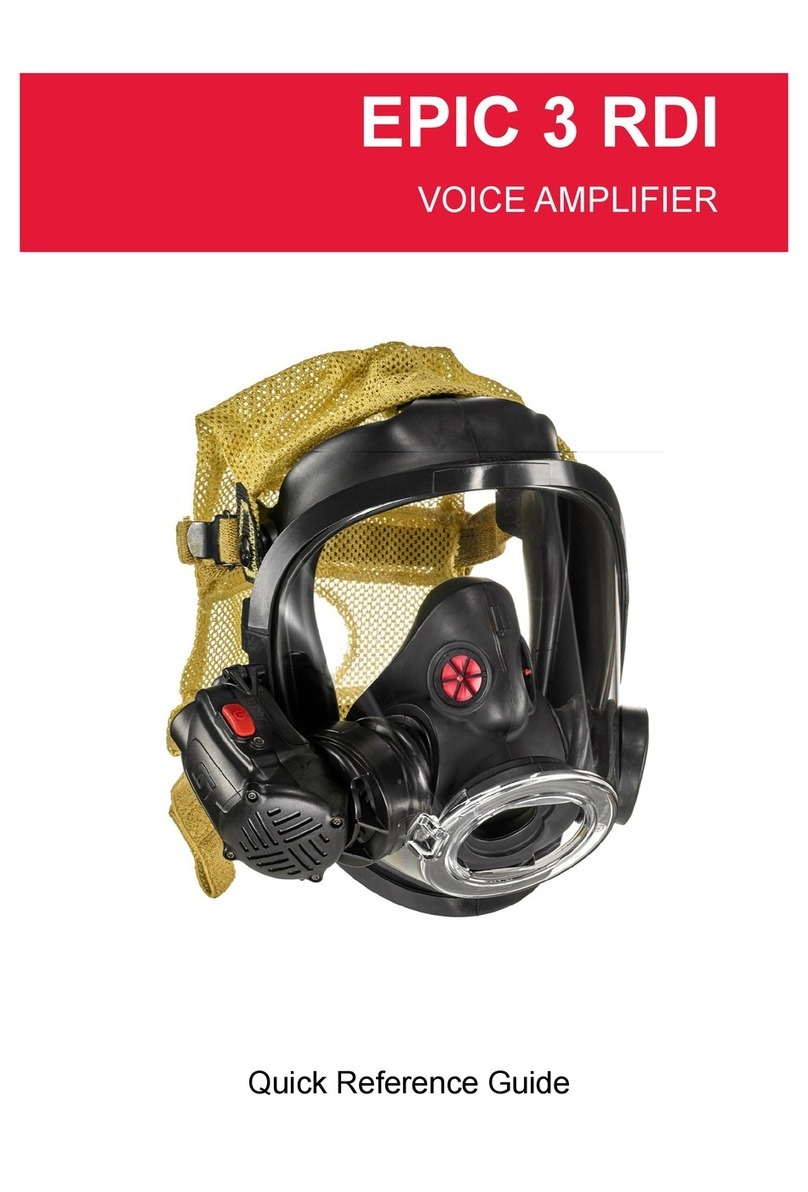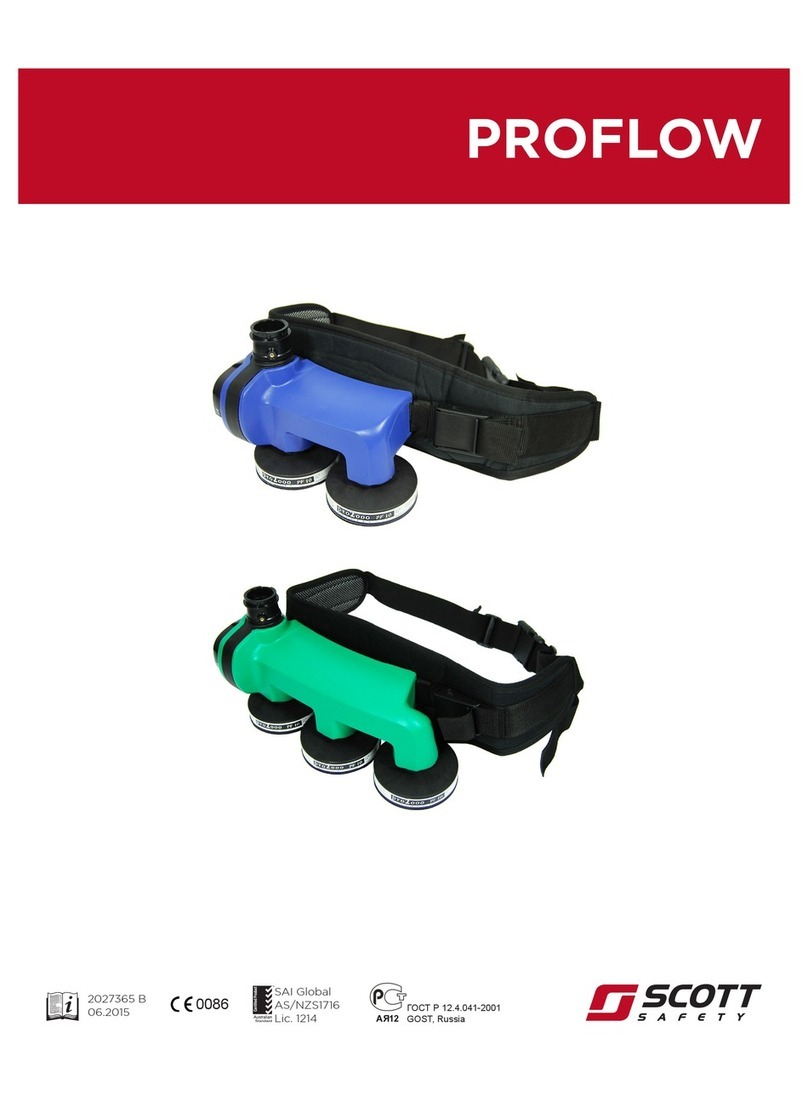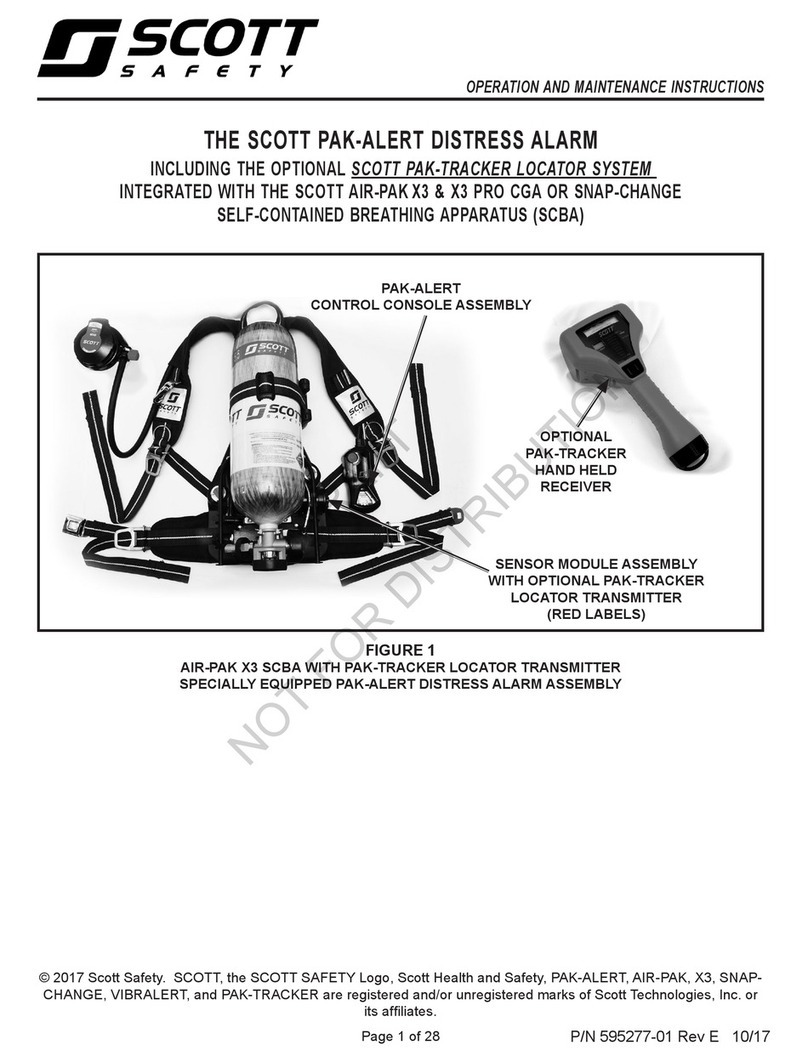
FV-40 Series Flame Detector Important Information
iii 087-0056 REV F
Legal Notice
© 2018 Scott Safety. SCOTT, the SCOTT SAFETY Logo, Scott Health
and Safety, and MultiFlame are registered and/or unregistered marks of
Scott Technologies, Inc. or its affiliates.
All rights reserved. No part of this documentation may be reproduced in
any form or by any means or used to make any derivative work (such
as translation, transformation, or adaptation) without written
permission from Scott Safety.
Scott Safety reserves the right to revise this documentation and to
make changes in content from time to time without obligation on the
part of Scott Safety to provide notification of such revision or change.
Scott Safety provides this documentation without warranty, term, or
condition of any kind, either implied or expressed, including, but not
limited to, the implied warranties, terms or conditions of
merchantability, satisfactory quality, and fitness for a particular
purpose. Scott Safety may make improvements or changes in the
product(s) described in this documentation at any time.
While every effort has been made to ensure accuracy in this guide, no
responsibility can be accepted for errors or omissions. This publication
is not intended to form the basis of a contract, and the company
reserves the right to amend the design, content, and specifications of
the detector without notice.
If you have any questions, please contact: Scott Safety, 4320 Goldmine
Road, Monroe, NC 28110, Telephone 800-247-7257, FAX 704-291-
Web http://www.scottsafety.com
Microsoft, Windows, Windows 2000, Windows Me, Windows XP,
Windows NT, Windows Vista, Windows 7, Internet Explorer and MS-DOS
are either trademarks or registered trademarks of Microsoft Corporation
in the United States and other countries. HART is a registered
trademark of the HART Communication Foundation. All other products
or service names are the property of their respective owners.
The international transport of this device is regulated under United
States export regulations and may be regulated by the import
regulations of other countries.






























